How Blended Learning Enhances Student Engagement
15 January 2025
When it comes to education, engaging students in the learning process is the holy grail. In the age of smartphones, social media, and instant gratification, teachers and educational institutions face an uphill battle to keep students interested. But here's the thing: the traditional model of education—the one where students sit in a classroom while a teacher lectures for hours—just doesn't cut it anymore. Enter blended learning, a revolutionary approach that combines the best of both worlds: traditional face-to-face instruction and online learning.
But what exactly is blended learning, and how does it enhance student engagement? Let’s dive in to find out.
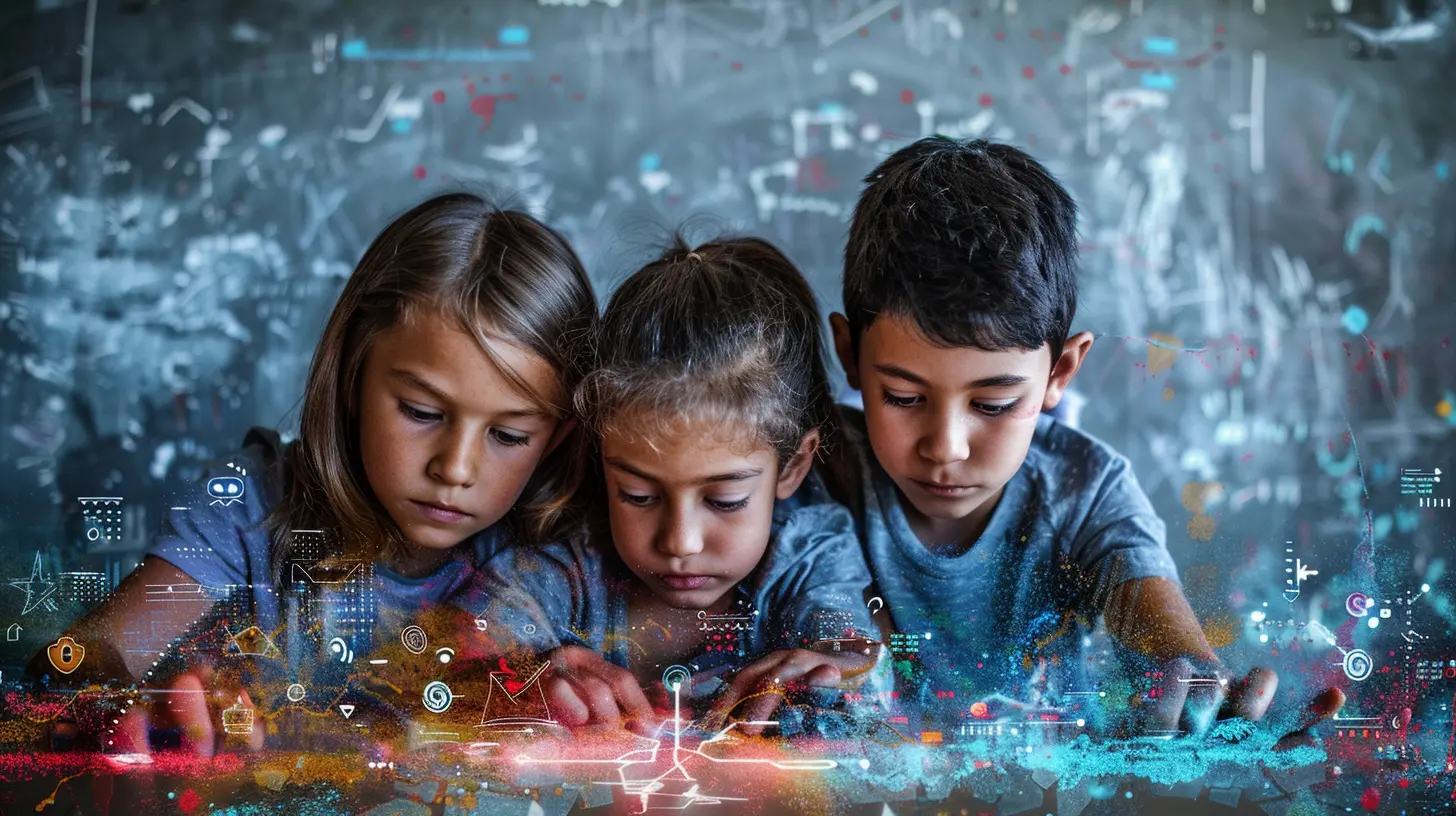
What is Blended Learning?
Blended learning is like a smoothie—a mix of different ingredients that come together to create something better than the sum of its parts. At its core, it's a method of teaching that blends traditional in-person instruction with online educational tools and resources. Instead of sticking to one path, students benefit from both classroom interactions and digital learning experiences.Blended learning typically involves:
- Face-to-face instruction: The traditional part where teachers interact with students in the classroom.
- Online learning: This could involve watching videos, participating in discussion boards, completing online assessments, or engaging with interactive software.
The key here is flexibility. Students can learn at their own pace online, and then come to class to discuss what they've learned, apply it in group settings, or ask questions. It’s like having the best of both worlds.
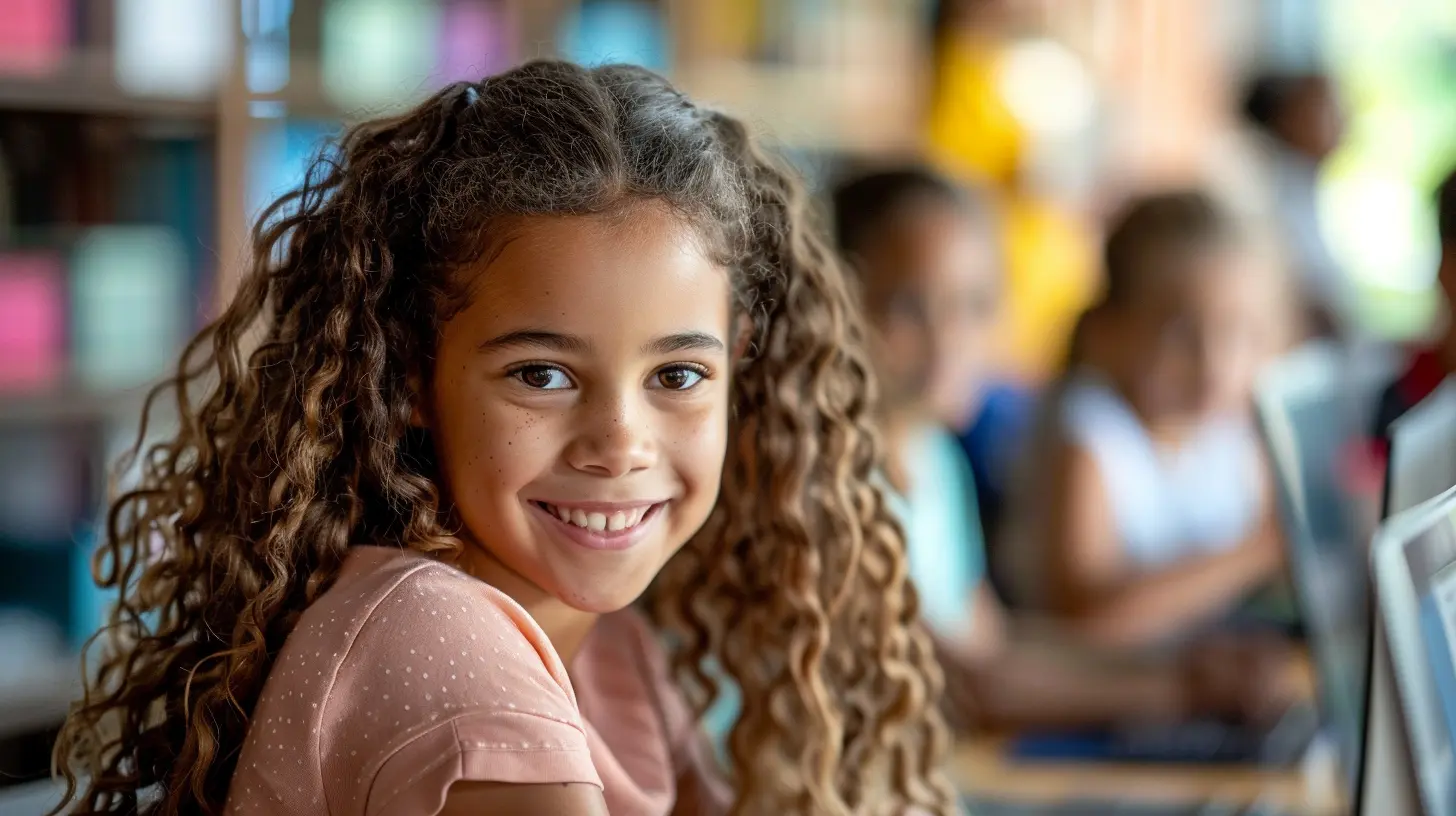
Why is Student Engagement Important?
Before we get into how blended learning enhances student engagement, we need to understand why engagement is so important in the first place. Think of engagement as the fuel that powers the engine of learning. Without it, students are just going through the motions, and learning becomes a passive activity. But when students are actively engaged, they’re like sponges, absorbing information, asking questions, and making connections.High student engagement leads to:
- Better retention of information
- Increased participation in class discussions
- Higher academic achievement
- Greater motivation to learn
In a nutshell, the more engaged students are, the more successful they’ll be in their studies.
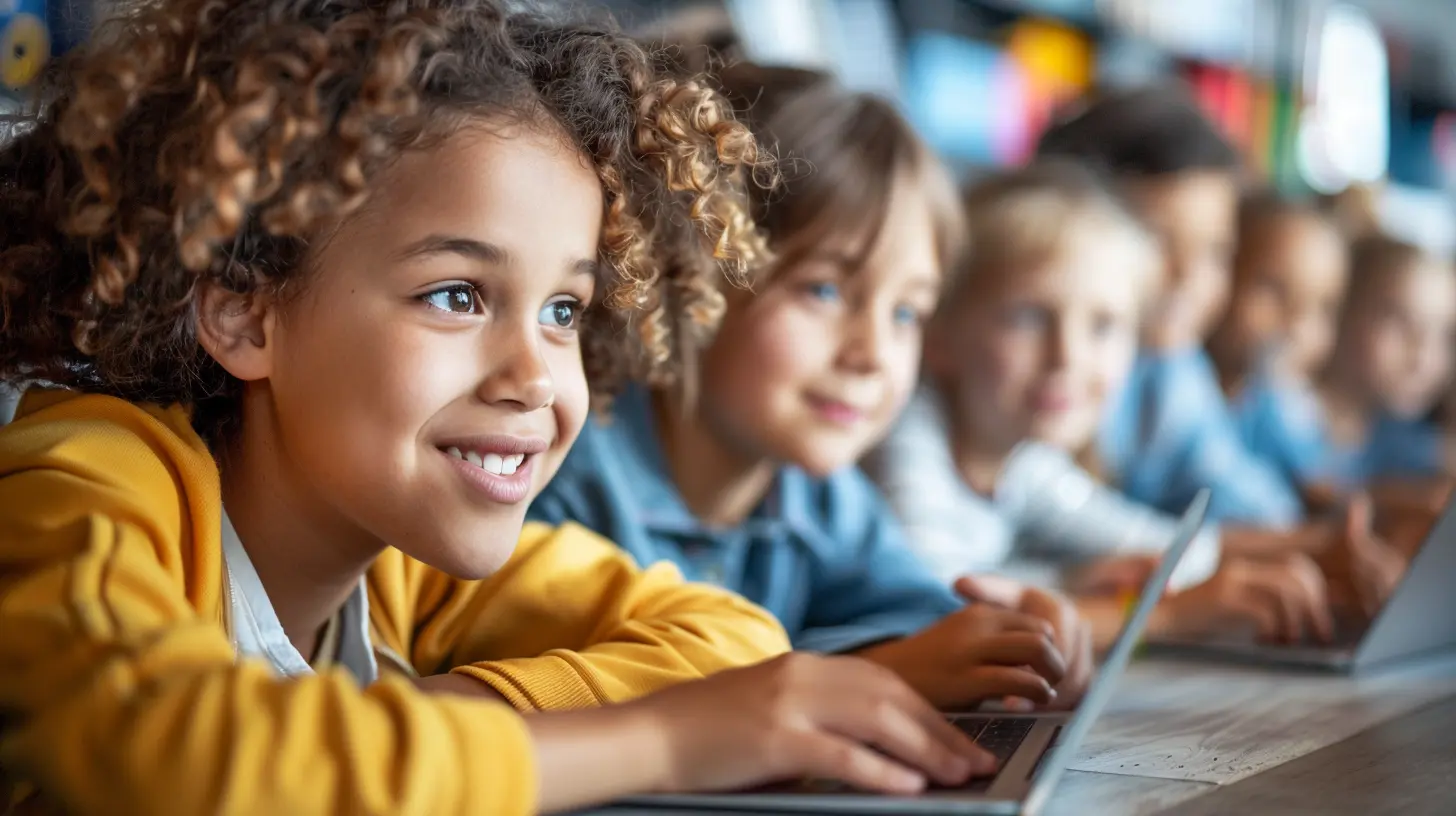
How Blended Learning Enhances Student Engagement
Now that we know what blended learning is and why student engagement is crucial, let’s explore how this approach supercharges engagement.1. Personalized Learning Experience
One of the biggest advantages of blended learning is that it allows for a personalized learning experience. Not all students learn at the same pace or in the same way. Some students might grasp a concept immediately, while others need more time to fully understand it. Blended learning accommodates these differences beautifully.Online components, such as video lessons or quizzes, allow students to learn at their own pace. If a student didn’t understand a concept the first time, they can rewatch a video or retake a quiz without feeling rushed. On the other hand, if a student finds the material easy, they can move ahead without waiting for the rest of the class to catch up.
This level of personalization helps keep students engaged because they’re learning in a way that suits them. It’s like having a custom-built educational experience designed just for you.
2. Increased Student Autonomy
Blended learning empowers students by giving them more control over their education. They have the freedom to choose when and where they complete certain tasks. Want to study at 8 a.m.? Go for it! Prefer to learn late at night? That’s fine too. As long as students are meeting deadlines and participating in class discussions, they have the autonomy to structure their learning around their schedules.This sense of autonomy is critical in fostering student engagement. When students feel like they have ownership of their learning, they’re more likely to invest time and effort into it. It’s the same reason why people are more committed to a project when they have a say in how it’s done.
3. Interactive and Engaging Content
Let’s be real: the internet is full of distractions. But it’s also full of engaging and interactive content that can make learning fun and exciting. Blended learning harnesses the power of interactive content, such as quizzes, videos, educational games, and online discussions, to keep students engaged.Think about it. Would you rather read a 20-page chapter in a textbook, or watch a 5-minute video that explains the same concept in a visually engaging way? Most students would choose the video. By incorporating multimedia and interactive tools, blended learning makes education more engaging, relatable, and (dare we say it) fun.
4. Collaborative Learning Opportunities
Blended learning doesn’t just happen in isolation. In fact, one of its strengths is that it encourages collaboration both online and in person. Students can participate in online discussion forums, work on group projects, and share ideas through cloud-based tools.This collaborative aspect of blended learning keeps students engaged because they’re not just passive recipients of information—they’re active participants in the learning process. They’re exchanging ideas, challenging each other’s viewpoints, and learning how to work together to solve problems. It’s like being part of a team, where everyone’s contribution matters.
5. Real-Time Feedback and Assessment
One of the downsides of traditional education is the delay in feedback. Students might take a test and not find out how they did for weeks. By then, the feedback is almost irrelevant because they’ve moved on to other topics.Blended learning changes this dynamic by offering real-time feedback through online assessments. Whether it’s a quiz, interactive poll, or digital assignment, students can get immediate feedback on their performance. This instant feedback loop keeps them engaged because they can quickly identify what they need to improve and take action.
Moreover, teachers can use this data to tailor their instruction. If a large number of students are struggling with a particular concept, the teacher can address it in the next class. This creates a more responsive and adaptive learning environment.
6. Flexibility to Accommodate Different Learning Styles
Not all students learn in the same way. Some are visual learners, others are auditory learners, and some prefer hands-on activities. Blended learning offers the flexibility to accommodate different learning styles.For example, visual learners can benefit from videos and infographics, while auditory learners might prefer podcasts or recorded lectures. Students who learn best by doing can engage with interactive simulations or projects. Blended learning tailors education to the individual, keeping students engaged by catering to their preferred learning style.
7. Bridging the Gap Between Theory and Practice
One of the issues with traditional learning is that it can often feel disconnected from the real world. Students might learn theoretical concepts but struggle to understand how they apply in real-life scenarios.Blended learning helps bridge this gap by allowing students to engage in both theoretical and practical learning. They can watch a video that explains a theory and then participate in an online simulation that lets them apply what they’ve learned. This hands-on approach keeps students engaged because they can immediately see the relevance of what they’re learning.

Challenges of Blended Learning
While blended learning offers numerous benefits, it also comes with its own set of challenges. For starters, not all students have access to the technology or internet needed for online learning. This digital divide can make it hard for some students to fully participate in blended learning.Additionally, some students might struggle with time management and self-discipline. With more autonomy comes more responsibility, and not all students are equipped to handle it. Teachers and educators need to provide guidance and support to help students manage their time effectively.
How Educators Can Implement Blended Learning Successfully
To truly capitalize on the benefits of blended learning, educators need to approach it thoughtfully. Here are a few tips for implementing blended learning successfully:1. Start small: If you're a teacher new to blended learning, you don’t have to overhaul your entire curriculum. Start by incorporating small online components, like discussion forums or short video lessons, and gradually expand from there.
2. Use diverse content: Mix things up! Use videos, quizzes, podcasts, and interactive simulations to keep students engaged. Variety is key to preventing students from getting bored.
3. Encourage collaboration: Make sure your online components foster collaboration. Use discussion boards, group projects, and peer review assignments to engage students and encourage them to learn from each other.
4. Provide clear guidelines: Students need clear instructions on how to navigate the online components of blended learning. Make sure they know how to access materials, complete assignments, and engage with their peers.
5. Offer support: Not all students are tech-savvy. Be prepared to offer technical support and guidance for those who may struggle with the online aspects of blended learning.
Conclusion
Blended learning is more than just a trend; it's a powerful tool for enhancing student engagement. By combining the best elements of traditional in-person instruction with the flexibility and interactivity of online learning, educators can create a dynamic and engaging learning environment that meets the needs of today’s students. Whether it's through personalized learning experiences, interactive content, or real-time feedback, blended learning keeps students engaged, motivated, and ready to succeed.So, if you’re an educator looking to increase student engagement, it might be time to give blended learning a try. After all, why settle for one teaching method when you can have the best of both worlds?
all images in this post were generated using AI tools
Category:
Blended LearningAuthor:

Bethany Hudson
Discussion
rate this article
16 comments
Ivy Duffy
Blended learning fosters interaction and motivation.
March 31, 2025 at 3:46 AM

Bethany Hudson
Thank you for your insightful comment! I completely agree—blended learning indeed creates dynamic opportunities for interaction, which significantly boosts student motivation and engagement.
Xeno Warren
Great insights on blended learning! It's inspiring to see how combining traditional and digital methods can truly elevate student engagement and create a more dynamic learning environment. Keep sharing!
March 5, 2025 at 1:49 PM

Bethany Hudson
Thank you for your kind words! I'm glad you found the insights on blended learning valuable. Your support encourages me to keep sharing!
Callie McCall
Blended learning effectively combines traditional and digital methods, fostering greater student engagement. This approach caters to diverse learning styles and promotes active participation, enhancing overall educational outcomes.
February 2, 2025 at 9:49 PM

Bethany Hudson
Thank you for your insightful comment! I agree that blended learning's integration of traditional and digital methods is key to fostering engagement and accommodating diverse learning styles.
Melina Henderson
Blended learning is revolutionizing education by seamlessly integrating online and in-person experiences. This dynamic approach not only captivates students but also empowers them to take charge of their learning journey. It’s time to embrace this transformative model—because engaged students are not just learners; they are the future. Let’s lead the charge!
January 30, 2025 at 3:32 AM

Bethany Hudson
Thank you for your insightful comment! I completely agree that blended learning not only captivates students but also fosters their independence in learning. Embracing this model is essential for preparing engaged, future-ready learners.
Caden McAdams
Blended learning effectively bridges traditional and digital education, fostering greater student engagement through personalized learning experiences. By integrating interactive technology with face-to-face instruction, educators can address diverse learning styles, promoting active participation and collaboration. This approach not only enhances motivation but also prepares students for a dynamic, tech-driven world.
January 27, 2025 at 3:24 AM

Bethany Hudson
Thank you for your insightful comment! I completely agree that blended learning's integration of technology and face-to-face instruction significantly enhances student engagement and caters to diverse learning styles.
Indie McGuire
Great insights on blended learning! It’s fascinating how combining online and in-person education can truly boost student engagement. This approach not only caters to diverse learning styles but also fosters a more interactive and dynamic classroom experience. Keep up the great work!
January 24, 2025 at 5:59 AM

Bethany Hudson
Thank you for your thoughtful comment! I'm glad you found the insights on blended learning valuable. It truly is an exciting approach to enhancing engagement!
Octavia Hines
Blended learning effectively combines traditional and digital teaching methods, fostering student engagement through personalized learning experiences, flexibility, and increased interaction, ultimately enhancing motivation and academic performance in diverse learning environments.
January 23, 2025 at 12:03 PM

Bethany Hudson
Thank you for your insightful comment! I'm glad you recognize how blended learning creates a dynamic environment that boosts engagement and enhances academic performance through personalized experiences.
Daisy McPherson
Great article! Blended learning truly transforms the educational experience, making it more engaging and interactive for students. It blends the best of both worlds and fosters deeper connections to learning!
January 22, 2025 at 8:29 PM

Bethany Hudson
Thank you! I'm glad you found the article insightful. Blended learning really does create a dynamic and engaging environment for students.
Ranger Kirkpatrick
Thank you for sharing this insightful article! Blended learning truly offers a unique opportunity to connect with students in diverse ways, fostering engagement and catering to various learning styles. It's heartening to see such innovative approaches shaping the future of education.
January 21, 2025 at 8:53 PM

Bethany Hudson
Thank you for your thoughtful comment! I'm glad you found the article insightful and agree on the importance of blended learning in enhancing student engagement.
Briar Roberts
Blended learning truly boosts student engagement and fosters deeper understanding.
January 21, 2025 at 4:12 AM

Bethany Hudson
Thank you! I completely agree—blended learning creates dynamic opportunities for students to connect with the material and each other, enhancing both engagement and understanding.
Uriah Rhodes
Blended learning effectively boosts student engagement and motivation.
January 18, 2025 at 1:01 PM

Bethany Hudson
Thank you for your comment! I completely agree—blended learning creates dynamic learning environments that can significantly enhance student engagement and motivation.
Xylo McCarron
Blended learning fosters personalized experiences, making education more relatable and engaging for diverse student needs.
January 17, 2025 at 7:19 PM

Bethany Hudson
Thank you for your insight! Indeed, blended learning allows for tailored educational experiences that resonate with diverse learners, enhancing engagement and relatability.
Micah McCallum
Blended learning effectively merges traditional and digital methods, boosting student involvement significantly.
January 16, 2025 at 1:19 PM

Bethany Hudson
Thank you for your insight! Indeed, blending traditional and digital approaches creates a more engaging learning experience for students.
Renee Pace
Blended learning effectively combines traditional and digital methods, fostering greater student engagement. By promoting interaction, flexibility, and personalized learning experiences, it empowers students to take ownership of their education while enhancing overall academic performance.
January 16, 2025 at 3:24 AM

Bethany Hudson
Thank you for your insightful comment! I completely agree that blended learning's integration of traditional and digital methods significantly boosts student engagement and ownership of their educational journey.
Isaiah McMillen
Blended learning effectively combines online and in-person resources, fostering greater student engagement through flexibility, personalized learning, and interactive experiences.
January 15, 2025 at 12:26 PM

Bethany Hudson
Thank you for highlighting the strengths of blended learning! It truly offers a dynamic approach that enhances engagement by catering to diverse learning styles and needs.
Miranda McDonald
Blended learning effectively combines traditional classroom methods with digital resources, fostering greater student engagement. By allowing for personalized learning experiences and facilitating collaboration, this approach encourages active participation. As educators implement blended learning strategies, they can better address diverse learning needs and improve overall student outcomes.
January 15, 2025 at 4:58 AM

Bethany Hudson
Thank you for your insightful comment! I completely agree that blended learning not only enhances engagement but also personalizes learning experiences, ultimately benefiting diverse student needs.
MORE POSTS

Mastering the Art of Blended Learning: Strategies for Success

The Connection Between Learning Disabilities and Language Development

Unlocking the Secrets to Academic Success
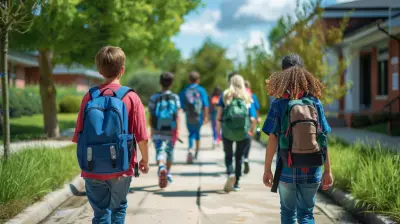
Key Safety Concerns for Schools in Rural and Urban Areas

Understanding the Concept of Infinity: Bringing Big Ideas to Life

Exploring the Differences Between Public and Private Universities
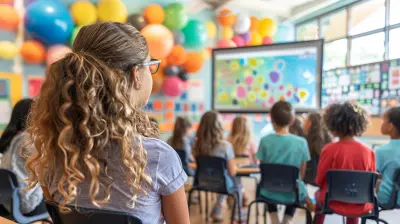
How Collaborative Learning Transforms the Classroom Experience
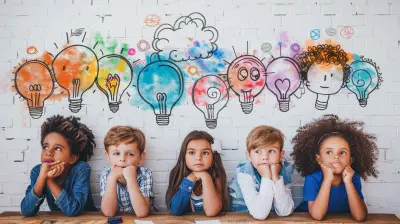
The Social Benefits of Collaborative Learning for Young Students

How to Cultivate a Positive Mindset in a Stressful Teaching Environment

The Importance of Lifelong Learning for Educators